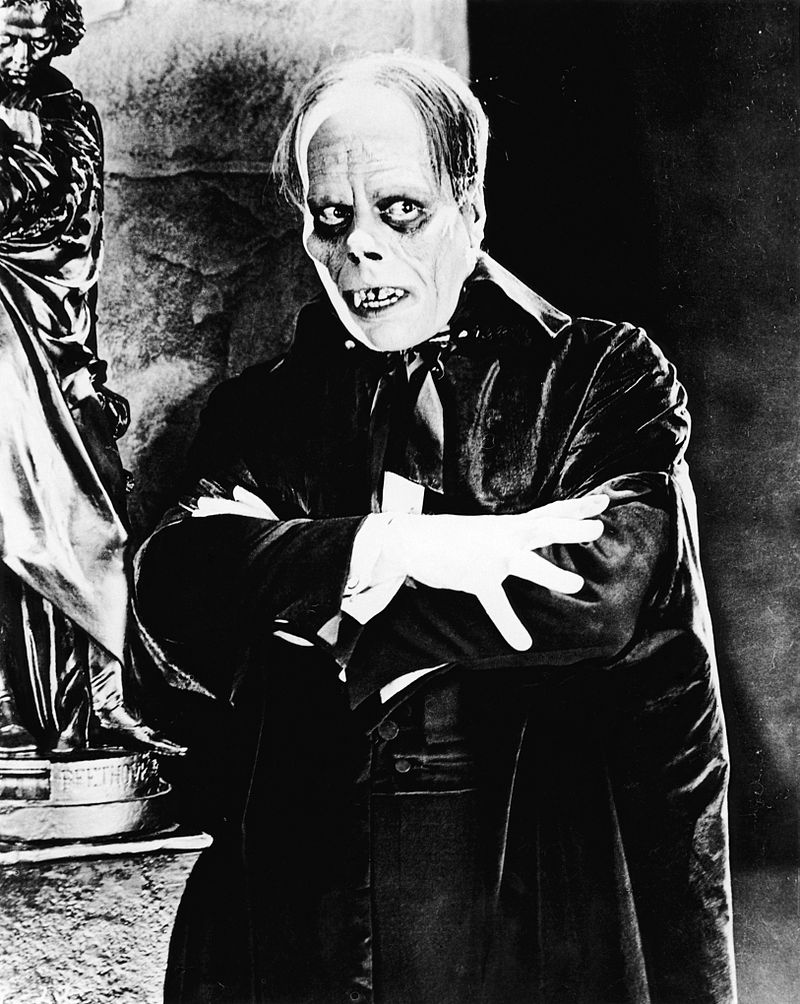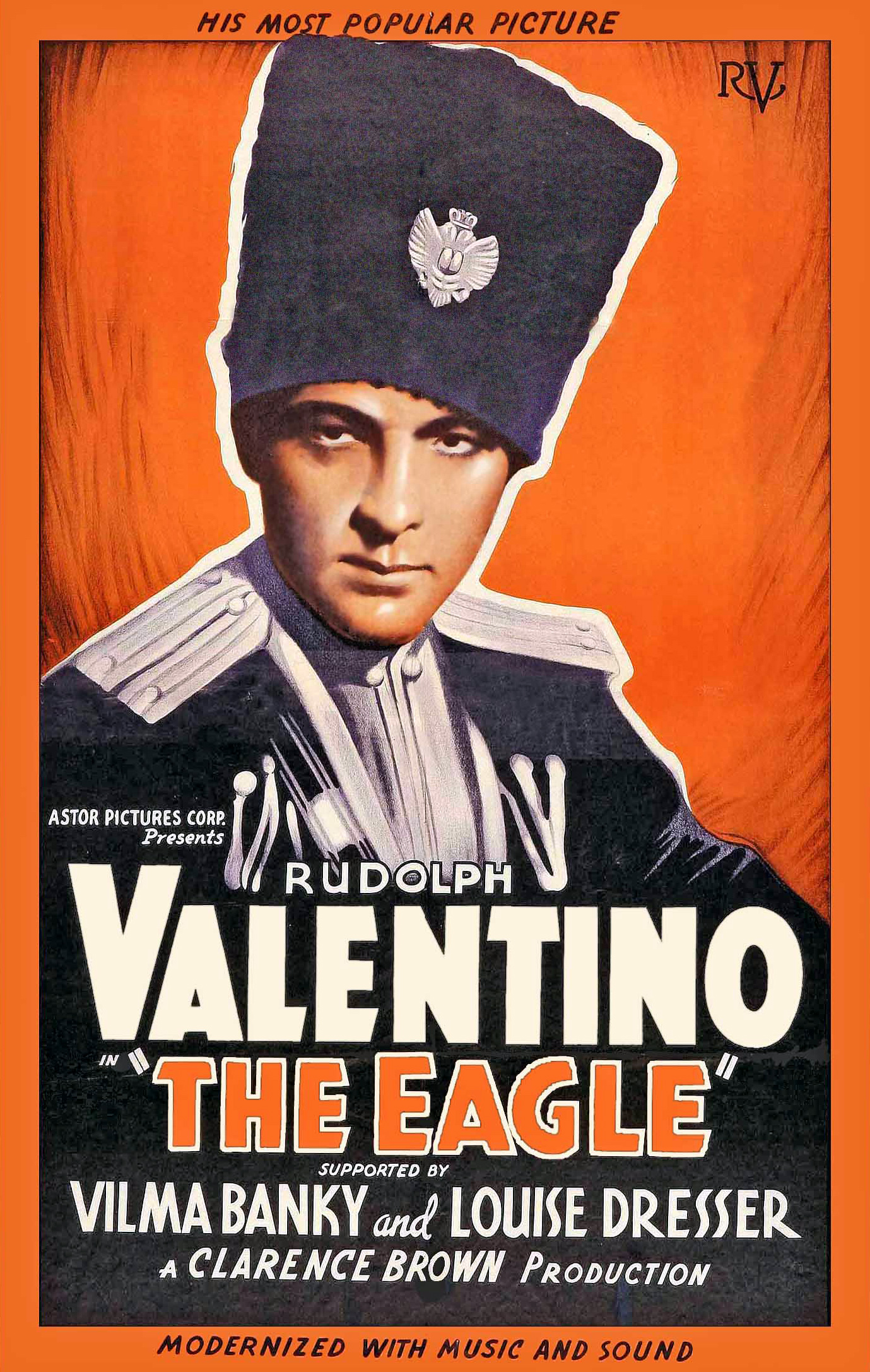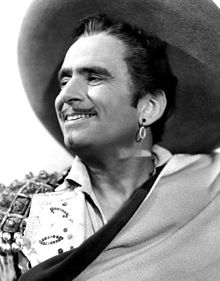Country: USA
Released: June 26th, 1925
Genre: Comedy
Director: Charlie Chaplin
Producer: Charlie Chaplin
Writer: Charlie Chaplin
It's movies like this that made me want to start this blog in the first place, movies or filmmakers who I always wanted to see anyways but never had the motivation to do otherwise. The problem is that I didn't realize that "1001" is quite a lot of movies and that for every film by Chaplin, Scorsese, or Bergman there were like ten obscure, cult films, often which are good or great but occasionally are five hours long and suck. I'm looking at you, Dr. Mabuse.
Released: June 26th, 1925
Genre: Comedy
Director: Charlie Chaplin
Producer: Charlie Chaplin
Writer: Charlie Chaplin
It's movies like this that made me want to start this blog in the first place, movies or filmmakers who I always wanted to see anyways but never had the motivation to do otherwise. The problem is that I didn't realize that "1001" is quite a lot of movies and that for every film by Chaplin, Scorsese, or Bergman there were like ten obscure, cult films, often which are good or great but occasionally are five hours long and suck. I'm looking at you, Dr. Mabuse.
Ah well, better late than never. Before we start just a couple disclaimers: First off this is the first Charlie Chaplin movie I've ever seen so I'll be approaching his style through fresh eyes, and second I went through I minor operation prior to watching the movie and was fairly medicated afterwards, so I'll also be approaching his style through drugged eyes.
So with those formalities out of the way, this is The Gold Rush.
The film follows Charlie as, what else, a down on his luck, puppy-eyed dreamer. I mean really, did you even have to ask? I know I said I've never watched one of his movies but "The Tramp," as his persona was called, is one of the most famous film characters's of all time. For most of his career Chaplin was this character, and his movies amounted to putting him in whacky locations or situations. In this case the location is Alaska circa 1890 during the gold rush and The Tramp is one of the many prospectors who travelled to this frigid hellhole in search of fortune. Sadly fortune is the last thing he finds, at least at first, and after narrowly escaping being eaten alive by his starving mining companion Big Jim McKay (Mack Swain) The Tramp wanders into a local town where meets the lovely Georgia (Georgia Hale), the designated love interest. After some shenanigans where Chaplin tries to woo Georgia and avoid her overbearing boyfriend Jack (Malcolm Waite), he's reunited with McKay and the two set off to find the mountain of gold they were looking for. The film ends with the Tramp and McKay finding the gold and becoming millionaires. Oh, and the Tramp gets the girl, duh. All this is stretched out with comedic set pieces and minor subplots but this is essentially the story. Save for a couple exceptions it's a pretty standard plot for the time, and really most (if not all) silent comedies adhered to this formula: Underdog, girl, jerk, whacky antics, etc.
What first struck me about this movie is just how much love and courtship has changed over the years. The 1920s and indeed most of the twentieth century experienced an evolution in the concept of love as people first began demanding it as a prerequisite of their relationships, but this was before it became practical to follow through with said notions. What I mean is that for the longest time marriage and courtship was based solely on practicality, i.e. "if I give you my daughter to marry our households will be united and you'll give me ten chickens and a cow." Today, at least in the West, long-term relationships are something based almost entirely on love and the idea of finding a 'soul-mate.' The the first half of the twentieth century found itself somewhere in between these two concepts, with films and media portraying love as foundations for relationships but with people still getting married because it was... something you were just supposed to do. This is apparent in The Gold Rush with the relationship between Tramp and Georgia. The two don't share that much screen time together and a lot of the time Georgia kind of snuffs Tramp. Sure she finds him sweet and all but we're never given any real indication that she loves him back or anything. Hell she practically forgets about him entirely at one point and the two don't reunite until the end when she suddenly loves him, but it makes sense because he's a millionaire I guess? I don't know, I felt like the movie expects us to believe they're meant for each other just because she's 'the girl,' he's 'the underdog,' and he loves her. It's a fair expectation but it's starting to get a little old.
There is also the added problem of the disconnect between older courtship techniques and modern sensibilities. It's almost become hack to point out and everyone from Aziz Ansari to Collegehumour has done a bit about how things considered 'romantic' forty or fifty years ago would be considered disconcerting today. The most glaring moment of this in The Gold Rush is when Georgia visits the Tramp and finds a picture of herself under his pillow. Keep in mind this is just after they met, but instead of saying "holy shit this guy I barely know keeps a photo of me under my pillow, let's leave before this freak comes back and decides to try on my skin," she finds the gesture touching and calls her friends over to fawn over it. These complaints aside though the final kiss between the two is dammed adorable. Is it "Buster Keaton and Kathryn McGuire in the projection room" adorable? No, but it's still a nice touch, and Chaplin and Hale have enough chemistry to almost salvage the romance plot.
But who cares about the romance? Let's face it it's really just here as a placeholder for the plot, The real star of this kind of show is the comedy! So the question is, is it funny? Hell yeah it is! Maybe it's on account of the drugs but I was giggling consistently throughout, more so than in Lloyd or either of Keaton's films. This was probably the most consistently funny and, surprisingly minimalist comedy so far. What do I mean by this? Well Keaton and Lloyd depended on large set pieces for a lot of their jokes, usually comprising of death defying stunts or dozens and dozens of extras. In Safety Last these were the depratment store scenes and the famous clock tower climbing finale, while in Keaton's films they include the opening train ride from Our Hospitality and the final car chase of Sherlock Jr. The Gold Rush doesn't have anything to this scale but what it lacks in size it makes up for with economy of staging, using clever choreography to make the most of it's small settings. The most evident example of this is the final set-piece where Tramp and McKay are in a cabin tilting precariously over a cliff. The whol scene is filmed pretty much from one angle, sitcome-style towards this single room, but the wide array of motion and prop use of the characters gives everything depth. It draws attention by allowing the audience to grow familiar with the enviroment and then manipulating it to comedic effect. This becomes especially true when the whole cabin start tilting back and forth, sending our characters in a tizzy. The kinetic energy of the scene more than makes up for its small scale. There's also a greater use of subtelty and layering when it comes to the jokes. The best example of this is in my favourite gag of the movie where Tramp and Jack get in a fight. Jack pulls Tramp's hat over his eyes, effectively blinding him. Tramp begins swinging wildly and punches the nearby wall, hurting his hand but causing a clock to fall onto Jack, knocking him cold. When Tramp takes his hat off he feels his hurt hand, sees the passed out bully, and immediately assumes he kicked his ass before strutting out the bar like a big-shot. Let's imagine how the other two would have approached this joke: Lloyd would have taken this scene and just had a brief cat-and-mouse sequence in the bar where Jack probably would try to grab Tramp as he eludes his grasp with all manor of hijinks. Keaton probably would have had the same joke but just deadpanned in mild surprise. Chaplin though adds layers to the gag: the slapstick of the punch, the surprise of the falling clock, the dramatic irony of his newly inflated ego, the baffled expressions of the townsfolk, and the pace of the whole sequence makes it consistently funny, and I liked it so much I rewound the video to watch it a second time.
And herein lies the main differences between these three giants of comedy. Lloyd is the clown. He wants his audience to have a good time and he tries to appeal to the largest common denominator, offering a very light kind of humour. Sure characters get in trouble but there aren't any consequences to their antics. Rarely does anyone get hurt or suffer for all the zaniness, least of all Lloyd. It's a style that involves cramming in as much silliness as possible and throwing them non-stop at the audience. It's the kind of humour where you laugh at the protagonist, the kind of humour where one of the main jokes is Lloyd crab-walking through a store and looking silly. Keaton by contrast is much drier and darker. He is the straightest of straight-men, never joining into the silliness and always suffering as a result. The audience is expected to laugh at him to some extent, but more than anything you're supposed to empathize with the guy. Things are out of his control and the stakes are usually high, with the humour darker and less consistent as a result. Chaplin finds a middle ground between these two, meshing the silliness of Lloyd with the heart and empathy of Keaton. His jokes are silly, yes, but they're a little more thought out and every joke leads into the next. Although this means he can't add in as many as in say Safety Last it does make them more impactful. He also allows for more room to breath, letting the humour linger longer before moving on and even taking a break from the comedy for some heartfelt moments. The scene where Tramp gets stood-up after working so hard to organize a dinner with Georgia is absolutely heart-breaking and it's a much needed break from the humour, something even Keaton lacked with plain dryness often (but not always) in place of sentiment.
Now I must stress that this is a gross simplification of these men's styles and I am in no way suggesting that any of these is better than the other. Ultimately it comes down to personal taste. I know this might cause some controversy but I personally prefer Keaton over either Lloyd or even Chaplin. I like his dry style and he makes a way better puppy-eyed underdog than Chaplin. Plus Our Hospitality was just a tighter movie than The Gold Rush, with a more consistent and focused plot. Gold Rush doesn't even get to the love story until like half-way through at which point we've had a villain introduced and then die, never to be relevant again. Then again Gold Rush was funnier. I don't know, if I had to arbitrarily rank them for whatever reason I think I'd put Sherlock Jr. first, followed by The Gold Rush, Our Hospitality, and finally Safety Last. I don't want to get in the habit of ranking these things because it's pretty redundant and I'm afraid of putting Sherlock Jr. on an unfair pedestal (after all, it's really mostly carried by the dream sequence and the final kiss), but I think it drew me in a little more.
Drugs aside at the end of the day though it was Chaplin who made me laugh the most. Maybe that's why he faired the test of time far better than either Lloyd or Keaton, or maybe it's because he dressed like Hitler, but who among us hasn't dabbled in National Socialism? My point is, despite the oddly paced love story and inconsistent plot The Gold Rush was an utter blast to watch, and Charlie Chaplin has phenomenal screen presence. I look forward to seeing more of him very, very soon.

.jpg)


_-_film_poster.jpg)

